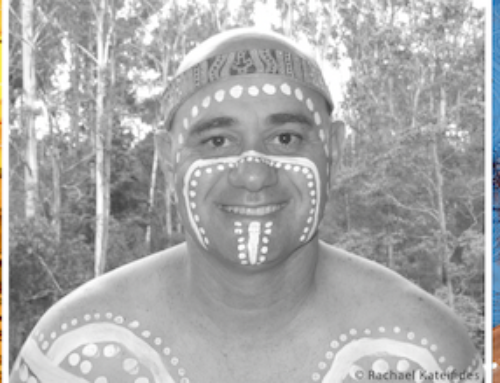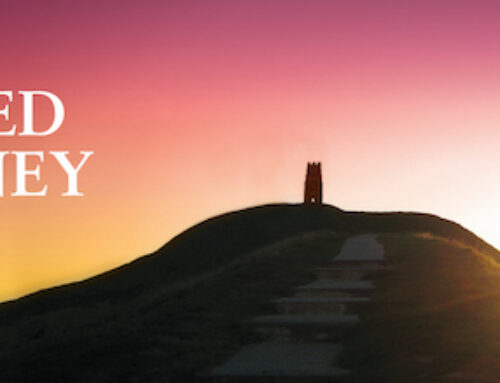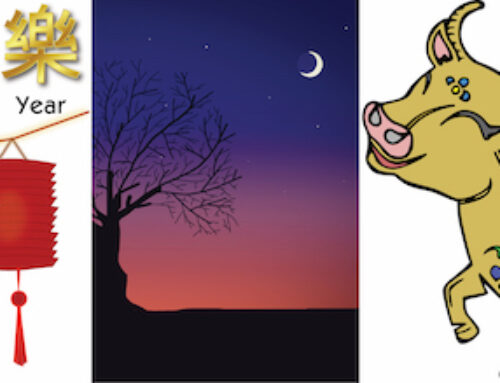New Year’s Day
In the western world, New Year’s Day is celebrated on January 1 of each year. It is the first day of the year in the Gregorian calendar, and is usually celebrated as a holiday, with symbolic festivities at midnight of the night before, and the making of resolutions to keep throughout the year.
But the first day of the year has not always been on January 1. In ancient Roman times the spring equinox was the start of the year, and named Martius 1, falling on what is March 21 in Gregorian dates. When Julius Caesar reformed the calendar in 46 BCE he declared Janarius 1 the beginning of the year – but church leaders disapproved of the wild parties that took place to mark the day, so in 567 AD the council of Tours shifted the date, creating much confusion, with many countries having two New Year’s Days, one for civil purposes, the other when the year turns, such as from 1265 to 1266.
Since 1600 CE most of the world has reverted to January 1 as the beginning of a new year, but this is only the day chosen by those who follow the Gregorian calendar. Every culture that has a yearly calendar celebrates the end of one year and the beginning of the next, and while it appears there is variation between these dates in terms of the Gregorian calendar, they are all celebrated on the first day of the first month of their new year.
Some New Year dates around the world
Chinese New Year is the main holiday of the year for more than one quarter of the world’s population, and consists of a 15-day period of celebrations, festivities, gift giving, family gatherings, feasts and prayers. Their lunar New Year generally falls on the day of the second new moon after the winter solstice, between January 21 and February 21 in Gregorian terms.
In the Eastern Orthodox church, which still uses the Julian calendar, New Year’s Day is celebrated on January 14 of the Gregorian calendar, as this is January 1 in the Julian. Many people in countries where Eastern Orthodoxy predominates celebrate both dates, with the Gregorian day as a civil holiday and their own day as a religious festival.
Rosh Hashanah (Hebrew for “head of the year”) is the two-day celebration of the Jewish new year, which commemorates the creation of the world. It begins on the first day of Tishri, the first month of the Hebrew calendar, which falls between September 5 and October 5 in Gregorian dates. It is characterized by the blowing of the shofar, a trumpet made from a ram’s horn, prayers, special foods and tashlikh, the symbolic casting away of sins from the previous year.
Pagans celebrate the end of one year and the start of the next at Samhain, which falls around October 31 in the northern hemisphere and April 30 in the south. Although they do not use a different calendar, this is the symbolic beginning to the new year, with rituals to let go of the past and spells or resolutions for a blessed new year.
In the solar-based Iranian calendar, the first day of the year, Farvardin 1, falls on the spring equinox, which is around March 21 on the Gregorian calendar. Norouz, their New Year’s Day, marks the beginning of spring, and celebrations acknowledge the symbolic awakening or rebirth of life after the barrenness of winter. It is a holiday marked by ceremonies and rituals involving house cleaning, seed sprouting, fire festivals and mass picnics.
In Thailand, Cambodia and Laos, New Year’s Day is called Songkran and is celebrated from April 13 to April 15. The date of the festival was originally set by astrological calculation, but it is now fixed. Since January 1, 1940 the Gregorian new year has officially begun the year, but the traditional day remains a national holiday on which people throw water, exchange gifts, visit their families and do community service at the temple.
The Punjabi new year, called Vaisakhi, is also celebrated on April 13, and marks the beginning of the spring and the end of the harvest in India.
The Islamic or Muslim New Year occurs on the first day of Muharram, the first month in the Islamic calendar. Since it is based on 12 lunar months of around 354 days, the date of this in the Gregorian calendar falls around 11 days earlier each year – and two Muslim New Years will occur in 2008. There is no religious significance attached to this day, and many Muslims don’t acknowledge it. Others remember the life of the Prophet Muhammad and the Hijra he made, for others it is a day of mourning and marks the anniversary of the day Muhammad’s grandson martyred.
In Ethiopia, New Year’s Day, or Enkutatash, is celebrated on Meskerem 1 on the Ethiopian calendar (around September 11 in the Gregorian).






Get Social